Collect Them All! Learn More About Transportation IC Cards In Japan

Most people in Japan have an IC card such as Suica or Pasmo, which they use for transportation and shopping. But there are over ten different types of IC cards out there! In this article, a MATCHA member shares little-known facts about IC cards and her prized collection.
Every Japanese person uses a card for transportation and shopping. What is that card?
The answer is an IC card!
These cards are not only used on public transportation, but they can also be used to make payments at convenience stores. There are over ten different IC cards available in Japan, with some people even collecting them!
In this article, a MATCHA member who is a railway enthusiast and IC card collector, shares with us her prized collection!
Suica: Japan’s First IC Card
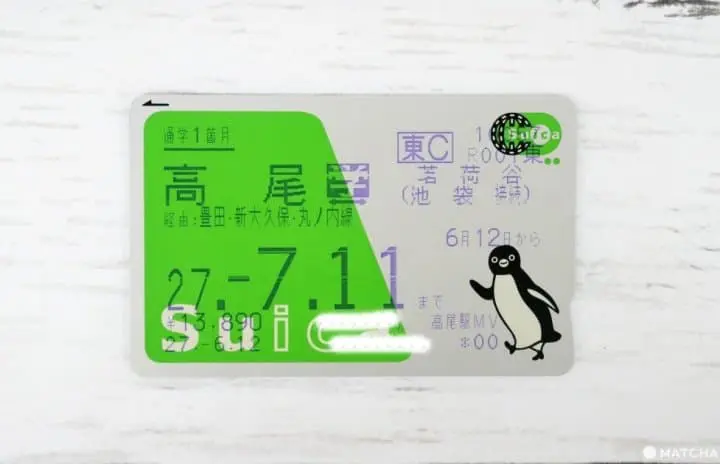
The first IC card in Japan was the Suica, which was made available in 2001.
This card is issued by the East Japan Railway Co. (JR EAST) and is primarily used in the Kanto region (eastern Japan). It is currently the IC card that can be used on the most extensive transportation network and even across several regions in Japan.
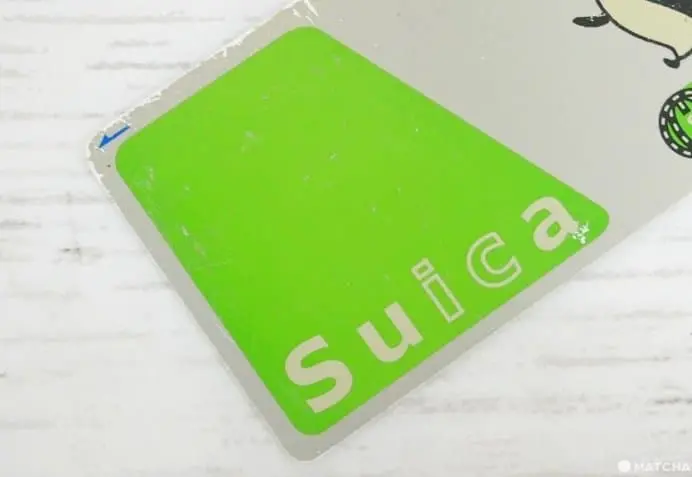
Suica makes it possible for commuters to smoothly (“suisui” in Japanese) go through the ticket gates. The name is pronunced the same as “suika” or watermelon in Japanese. Due to this pun, the main color of a Suica card is green.
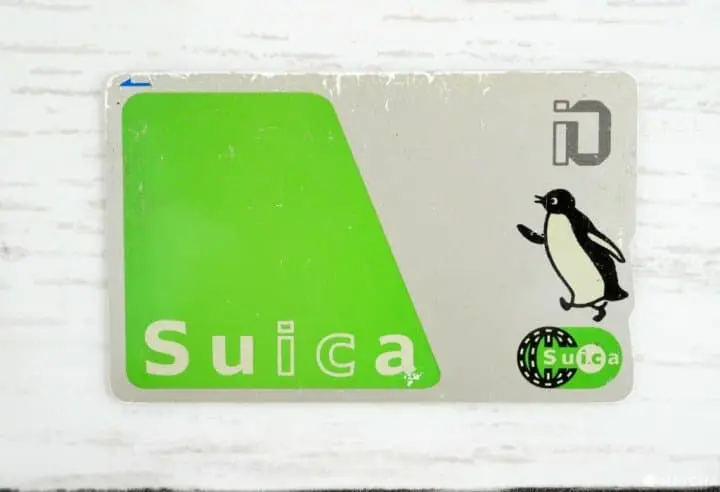
The second Suica design, which was available from 2004 to 2008.
The design of the Suica has slightly changed since it was introduced to the public in 2001. The current card features its fourth design.
The card's penguin mascot first appeared on the second design in 2004. The adorable mascot was originally shown facing sideways but it now faces the front in the design unveiled in 2008.
The Number of "Notches" on IC Cards: What's the Difference?
The right side of an IC card will have a notch. Some cards may have one notch while others have two. What's the difference between the two?
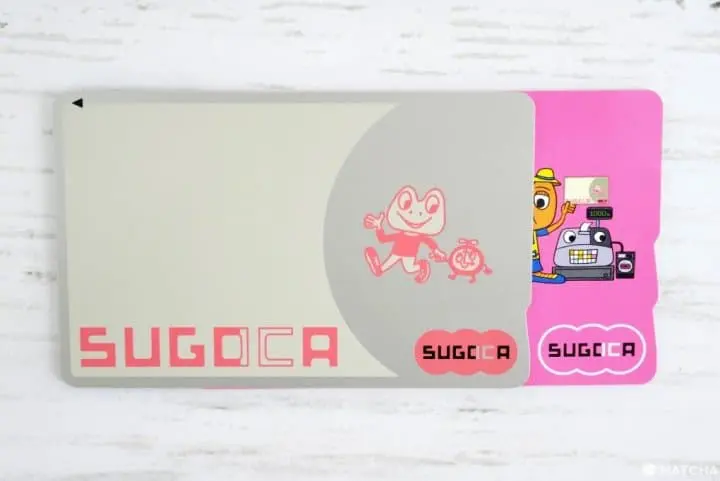
First, we'll explain why there are notches on the card. They allow visually impaired people to touch and identify it as a transportation card.
The different number of notches is to distinguish between cards that can be registered under your name and those that cannot. Cards with one notch can be registered with personal information while cards with two notches are special non-registrable cards.

Left: special commemorative cards. Right: regular registrable cards.
Regular IC cards with one notch can be printed with details, including the owner's full name, age, and commuting route.
On the other hand, cards with two notches are usually issued in a limited quantity and feature a special edition design. In an effort to preserve their unique designs, these cards are non-printable.
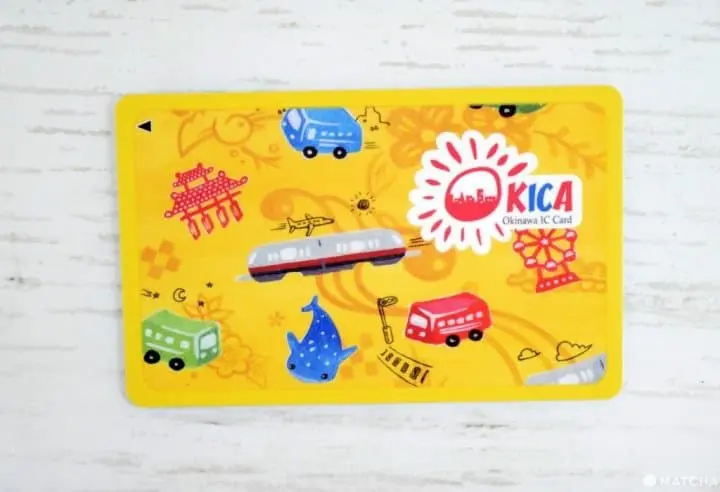
However, the OKICA IC card is special. Used along the Yui Rail in Okinawa, this card doesn’t have any notches.
Do All Cards Have “Ca” in Their Names?
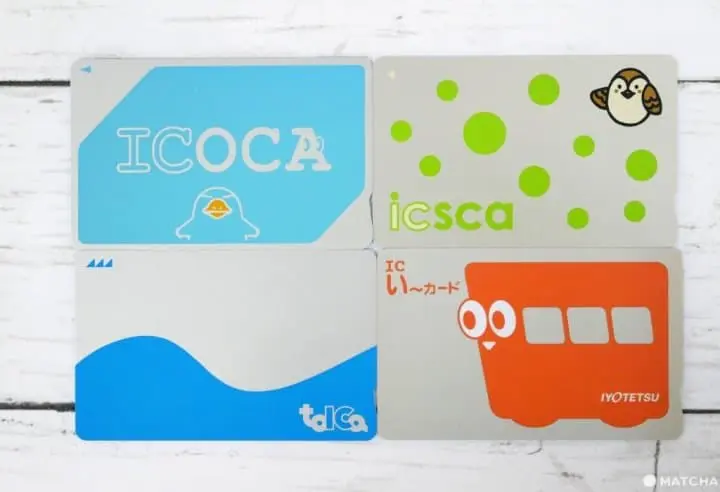
There are various types of IC cards in Japan, but you must have noticed that many of their names end with “ca.” This “ca” comes from the English word “card.” It's also pronounced the same way as the Japanese hiragana syllable “ka.”
Most IC cards have phonetic Japanese names printed in English. Some of these cards also borrow from regional dialects.
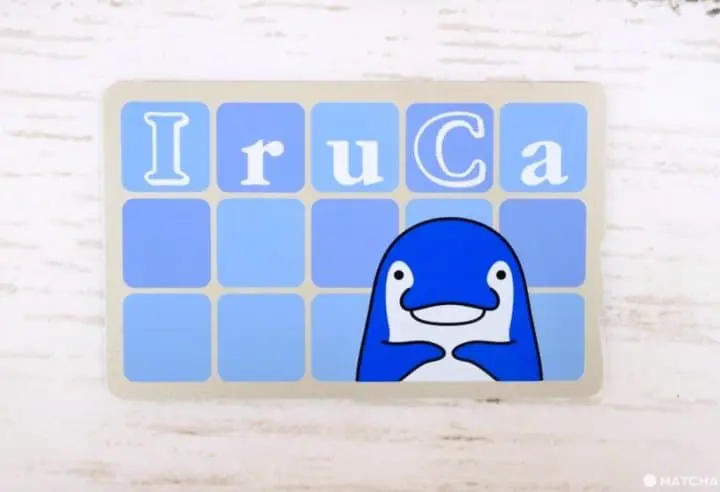
IruCa—the IC card for the Takamatsu-Kotohira Electric Railroad (Kotoden) in Takamatsu—is one such card that is unique to its region. Koto-chan, the blue dolphin, is also Kotoden’s endearing mascot.
IruCa is a play on the word “iruka” or dolphin in Japanese. The phrase can also translate to “Do you need it?” with the same pronunciation. This brilliant naming encourages residents to always ask themselves whether they need the Takamatsu-Kotohira Electric Railroad in their daily lives.
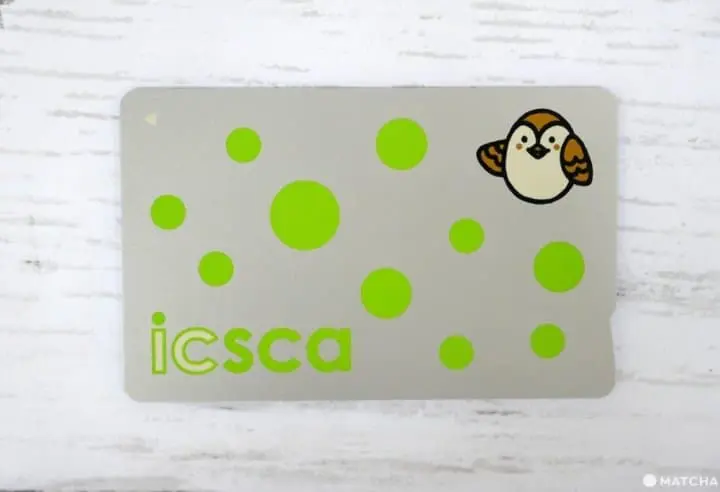
The icsca, an IC card issued by the Sendai City Transportation Bureau in Miyagi, comes from the phrase “ikusuka?” in the Sendai dialect. In standard Japanese, this question means “Will you go?”
The card’s sparrow mascot comes from the Date clan’s "sparrow and bamboo" family crest. Date Masamune, a Sengoku-Period general, once ruled over the Sendai region.
Find the Card's Issuer on the Back
Printed on the back of an IC card in the bottom right corner is a 17-digit code consisting of alphabets and numbers against a black background. The alphabet is the acronym of the card issuer.

Here are three frequent acronyms below:
JE = JR EAST (East Japan Railway Company)
JW = JR WEST (West Japan Railway Company)
TP = Trans Pass (Nagoya’s manaca IC Card)
It’s fun looking up and finding out what these acronyms mean!
Huh? Two Card Issuers?
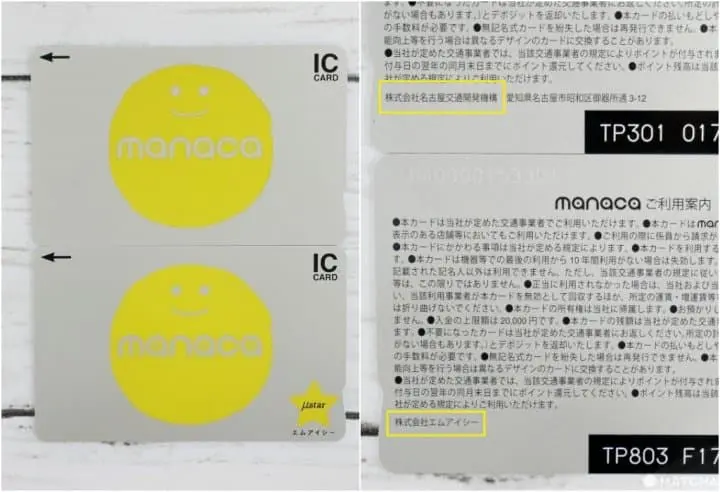
Normally, an IC card would not have several issuers. However, the manaca card used in Nagoya has two issuers: MIC and the Nagoya Transportation Development Organization Co., Ltd.
Cards purchased on the Nagoya Railroad (Meitetsu) are issued by MIC. Cards purchased on other modes of transportation in Nagoya are issued by the latter. Regardless of the issuer, all cards will display the initial TP on the back of the card.
10 Interchangeable and Compatible IC Cards: Go Anywhere in Japan with Just One Card
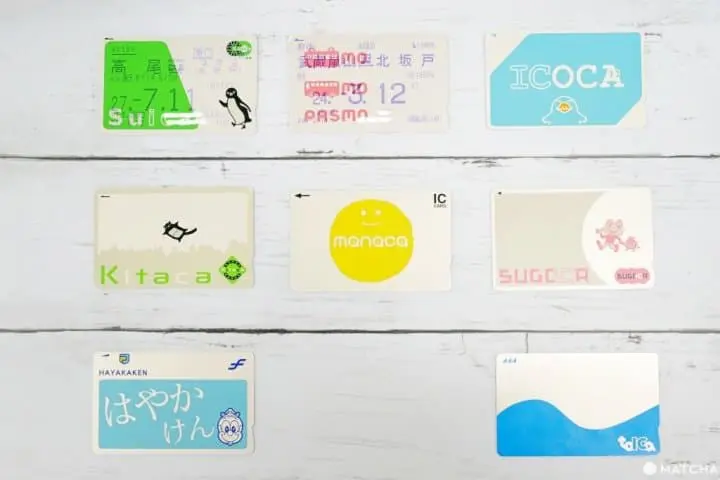
Interchangeable and compatible services for IC cards in Japan began in 2013. Regional IC cards can now be used in other regions, too.
The current list of interchangeable cards is as follows: Suica by JR EAST, Kitaca by JR Hokkaido, PASMO (mainly used in the Kanto region), manaca in Nagoya, TOICA by JR Central and the Aichi Loop Line, PiTaPa (mainly used in the Kinki region), ICOCA by JR WEST, Hayakaken by the Fukuoka City Transportation Bureau, nimoca by Nishitetsu, and SUGOCA by JR Kyushu. There are ten interchangeable cards in total. (Pictured above are eight of those cards, excluding PiTaPa and nimoca).
A Regrettable IC Card
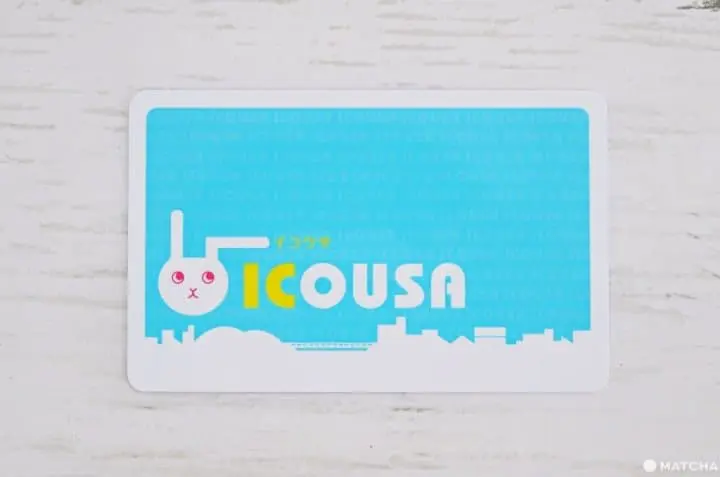
There is even a card considered "the most regrettable IC card in Japan." It is the ICOUSA in Fukui Prefecture. Because it can only be used on the loop bus in Fukui City, only 2,400 cards have been issued since its launch in 2011.
The card was created to cut down the need for elderly commuters to carry small change. There are only four routes on the city loop bus. Perhaps this is why the number of cards is inevitably low.
Collect Prized Limited-Edition Cards
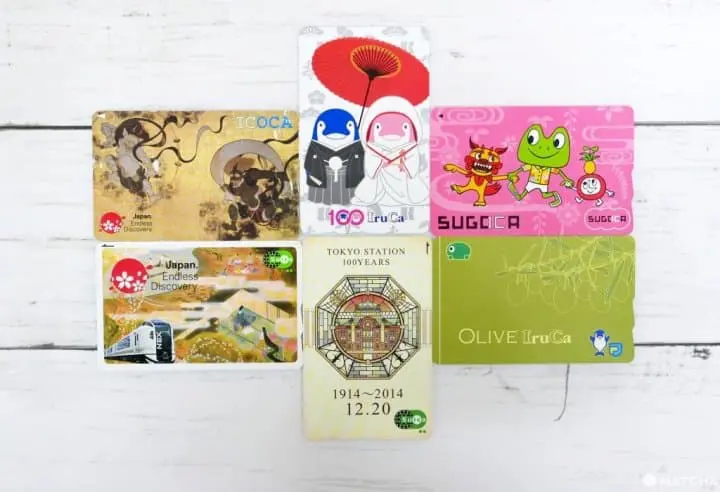
Japan loves exclusive items released in limited quantities for special occasions, as well as limited-time events. Of course, IC cards are not an exception to this phenomenon. The issuing of limited-edition IC cards excites fans and makes them want to add them to their collection.
Some limited-edition cards have been nicely arranged for the photo above. However, this is merely the tip of the iceberg out of the tons of limited-edition cards.
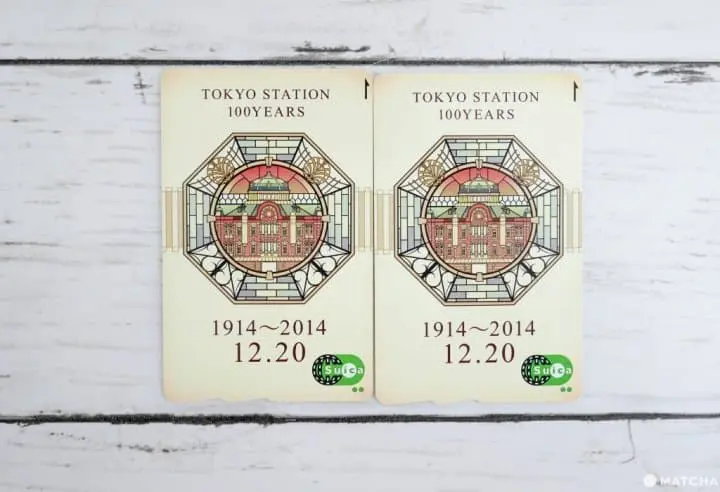
Pictured above is a Suica that was issued in 2015 commemorating the 100th anniversary of the opening of Tokyo Station. Many people rushed to get this card due to the beautiful illustration of Tokyo Station and its availability in limited numbers.
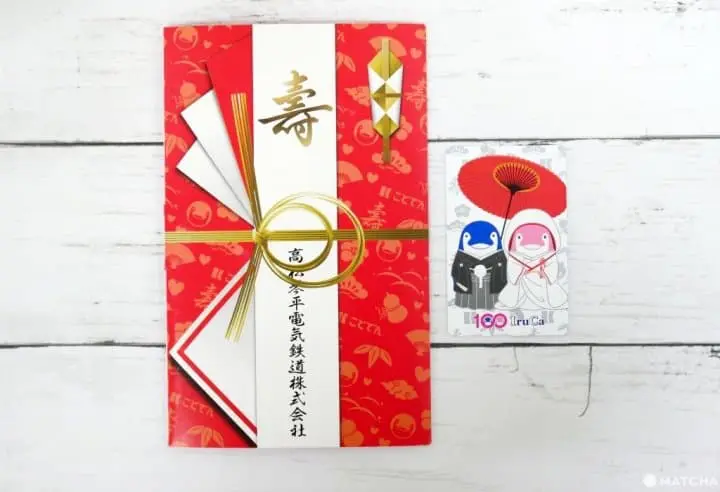
This card is one we personally want to introduce: the specially issued IruCa card for the Takamatsu-Kotohira Electric Railroad’s 100th anniversary. The theme of the design is Koto-chan’s marriage. The packaging embodies a celebration and even contains a message of gratitude from Koto-chan inside the envelope.
There is nothing more adorable than Koto-chan and his wife Kotomi-chan!
A Big Thank You to Our Railfan, Naoya!
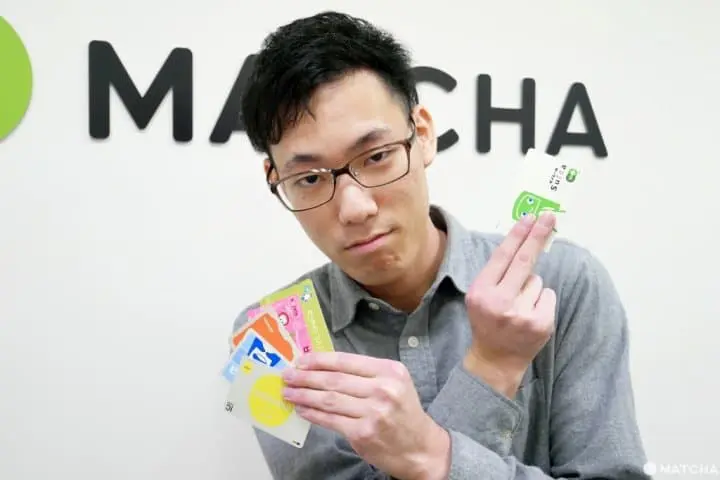
The IC cards that appear in this article all belong to Naoya Akimoto, one of MATCHA’s system engineers!
Naoya, a railway enthusiast, never gets his IC cards online. In the true fashion of a passionate "railroad ticket otaku," he collects his IC cards by actually riding those railways himself!
Log in and click "bookmark" if you liked this article!




































